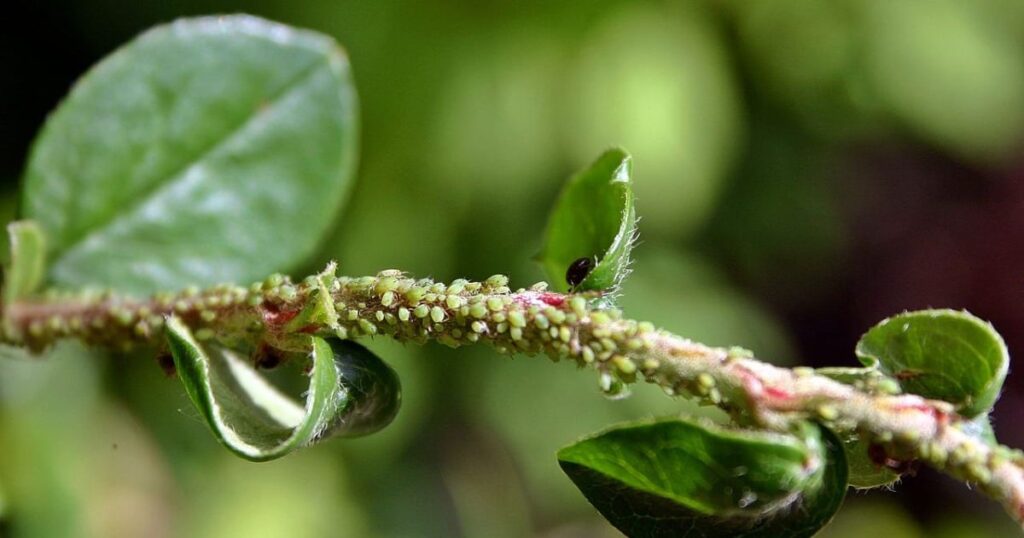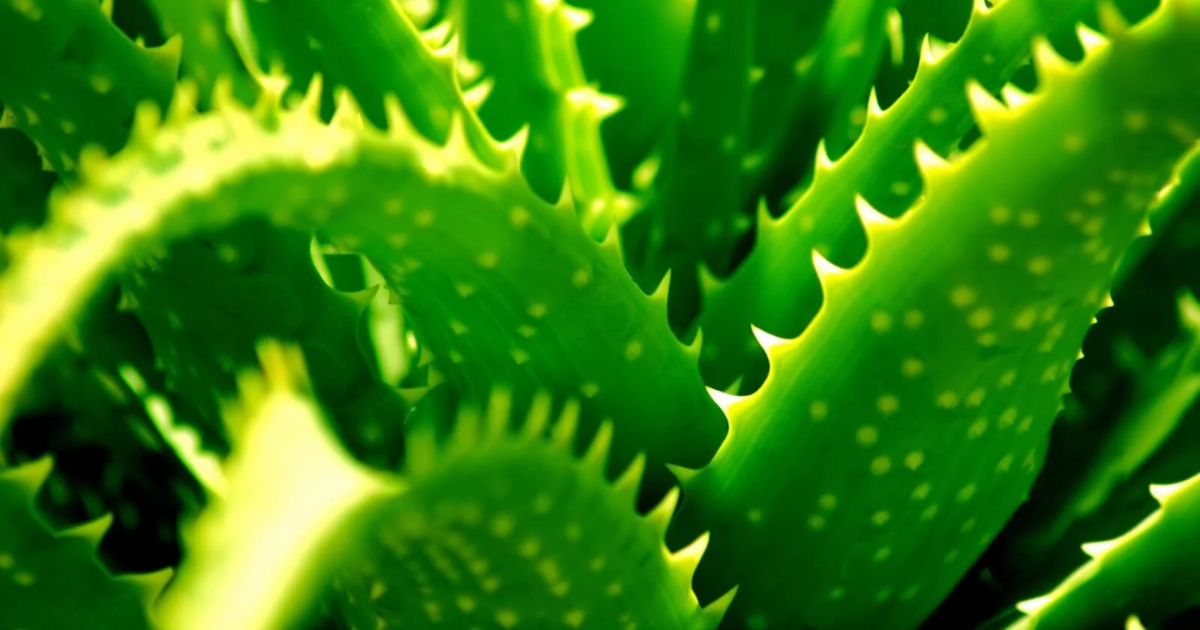Succulents are known for their resilience, but they can sometimes exhibit a drooping or wilting appearance. In this article, we’ll explore the reasons behind this common succulent concern and provide you with insights to help your beloved plants thrive.
Why is my succulent drooping? This question often plagues the minds of succulent enthusiasts. It’s essential to understand that succulents, though hardy, can still encounter various issues that cause them to droop. The reasons can range from overwatering to inadequate sunlight, and we’ll delve into these factors to help you identify and rectify the problem.
When your succulent starts drooping, it’s a sign that something isn’t quite right. In most cases, this condition is a response to environmental stress, improper care, or even disease. By learning about the potential culprits behind your drooping succulent, you’ll be better equipped to take the necessary steps to restore its vitality and maintain the health and beauty of your plant collection.
Common Reasons for Succulent Drooping
Drooping succulents can be caused by a variety of factors. Here are some of the most common culprits to consider when trying to revive your beloved succulent:
Overwatering and Root Rot
One of the leading causes of succulent drooping is overwatering. Succulents have unique water needs, and they’re particularly susceptible to root rot when they’re given too much moisture. succulents like coffee grounds? Overwatering can lead to damaged roots, which, in turn, affect the overall health of the plant. We’ll discuss how to recognize and rectify this issue.
Inadequate Sunlight
Succulents are sun-loving plants, and without sufficient sunlight, they can become weak and droopy. We’ll delve into the ideal lighting conditions for succulents, how to identify light-related problems, and what to do to ensure your plants get the right amount of sunshine.
Poor Soil Drainage
Succulents thrive in well-draining soil, and soil that retains too much water can lead to drooping and root problems. We’ll explore the importance of proper soil mixtures and how to improve drainage for your succulents.
Pests and Diseases

Succulents are not immune to pests and diseases. Infestations or infections can stress your plants and cause them to droop. We’ll discuss common succulent pests and diseases, how to identify them, and strategies for dealing with these issues effectively.
Pot Size and Root-Bound Succulents
The size of your succulent’s pot and its root health can influence its overall well-being. Root-bound succulents may exhibit signs of distress, including drooping. We’ll look at how to choose the right pot size and what to do if your succulent has outgrown its container.
Identifying the Problem
Understanding the underlying issue is the first step in addressing a drooping succulent. In this section, we’ll discuss how to identify what’s causing your succulent to droop and what specific signs to look for.
How to Examine Drooping Succulents
Start by carefully examining your succulents. Look for changes in its appearance, such as wilting or sagging leaves. Take note of any discoloured or mushy parts, as these can provide valuable clues about the problem.
Recognizing Signs of Overwatering and Underwatering
Overwatering and underwatering can both lead to drooping succulents, but they exhibit different signs. We’ll help you distinguish between the two, so you can adjust your watering routine accordingly.
Spotting Symptoms of Pests and Diseases
Pests and diseases can wreak havoc on your succulents, causing them to droop. We’ll provide a list of common symptoms associated with these issues, helping you diagnose and treat your plant effectively.
Common Signs and Symptoms
To simplify the diagnostic process, here’s a table summarising the common signs and symptoms of drooping succulents and their possible causes:
| Symptom | Possible Cause |
| Wilting leaves | Overwatering, pests |
| Yellowing leaves | Underwatering, disease |
| Soft, mushy stems | Root rot, overwatering |
| Bumps or discolorations | Pests, diseases |
Solutions for Healthy Succulents
Once you’ve identified the issue causing your succulent to droop, it’s time to take action. This section provides practical solutions to nurse your succulent back to health.
Adjusting Watering Practices
For succulents, the right watering routine is crucial. We’ll guide you on how to water your plants correctly, whether they’re suffering from overwatering or underwatering.
Proper Sunlight and Light Conditions
Optimal sunlight is vital for succulent health. We’ll discuss the different light requirements for various succulent species and offer tips on ensuring your plants get the light they need.
Soil and Pot Considerations
Succulents need well-draining soil and appropriate pots. We’ll explore the best soil mixtures for succulents and how to repot your plants if necessary.
Pest and Disease Management
Dealing with pests and diseases is a critical aspect of succulent care. We’ll provide guidance on how to identify and treat common succulent ailments.
Repotting and Root Care
If your succulent has outgrown its current pot or is suffering from root issues, we’ll walk you through the process of repotting and caring for the roots.
Preventive Measures
Preventing succulent drooping is often easier than treating it. In this section, we’ll discuss proactive steps to keep your succulents happy and healthy.
Tips for Preventing Succulent Drooping
We’ll share essential tips for succulent care, including consistent watering practices, regular inspection, and adjusting care based on the season.
Creating an Ideal Succulent Environment
Your succulent’s environment plays a significant role in its health. Learn how to create the perfect setting for your plants to thrive.
Routine Maintenance and Care
Consistency is key when it comes to succulent care. We’ll outline a routine maintenance schedule to help you maintain the beauty and vigor of your succulents.
FAQs
How often should I water my succulents?
Succulents should be watered when the top inch of soil is dry.
Why are my succulent leaves turning yellow?
Yellowing leaves can be a sign of overwatering or disease.
Can I save an overwatered succulent?
You can save an overwatered succulent by removing it from wet soil, letting it dry, and adjusting your watering routine.
Do succulents need direct sunlight?
Most succulents thrive in direct sunlight, but some can tolerate indirect light.
What should I do if I suspect pests on my succulents?
Inspect your succulents for pests and treat them with neem oil or a suitable pesticide if necessary.
Conclusion
Understanding the reasons behind succulent drooping empowers you to be a better succulent caregiver. Armed with this knowledge, you can take swift action to revive your beloved plants and create a thriving succulent garden. Your succulents are like silent storytellers, and their vigor and beauty tell a tale of care and attention.
As you apply the solutions and preventive measures discussed in this guide, you’ll witness your succulents regain their strength. Your efforts will be rewarded with lush, vibrant, and resilient plants that bring a touch of nature’s beauty into your home. So, go ahead, apply what you’ve learned, and let your flourishing succulents speak volumes about your dedication to their well-being.










